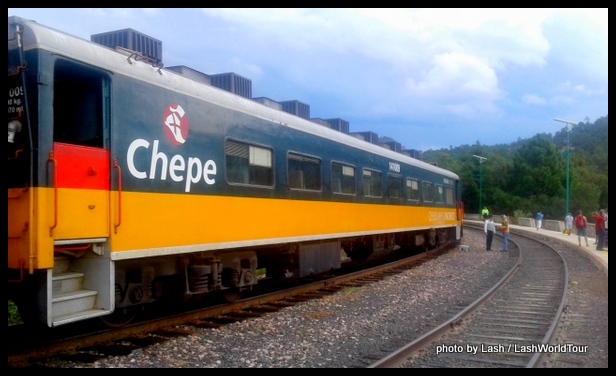 El Chepe – Mexico’s famous Copper Canyon Train
El Chepe – Mexico’s famous Copper Canyon Train
Mexico’s extensive Copper Canyons National Park is situated in the far northwestern states of Sinaloa and Chihuahua. The vast rugged region consists of six deep, interconnected canyons, each cut by a river. The canyons, in total, are four times bigger than the Grand Canyon and twice as deep!
Even more surprising, there’s a historic train that traverses the entire canyon system. The train is called El Chepe and it runs in a northeastern/southwestern direction between the cities of Chihuahua in the northeast and Los Mochis at the Pacific coast in Sinaloa. The train runs in both directions, so visitors can choose to travel in either direction.
El Chepe is considered one of the world’s greatest train rides, for both its stunning panoramic vistas and the train track’s impressive engineering feats. The train journey is immensely popular with both Mexicans and international visitors.
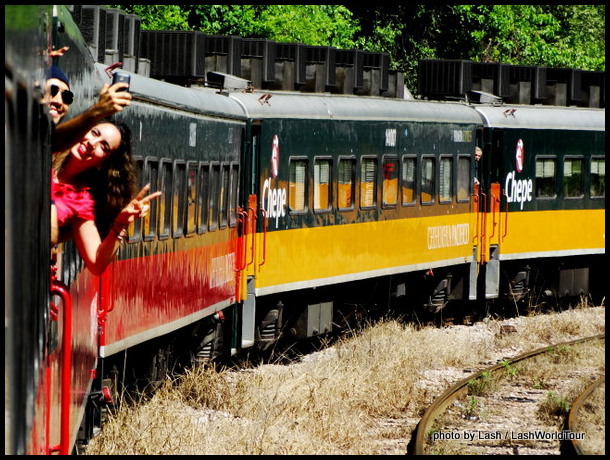
passengers on El Chepe enjoying the journey around a curve
El Chepe Train Route
The train route is a remarkable feat of engineering, which is a major reason El Chepe is considered one of the worlds’ greatest train rides.
The train passes through 87 tunnels (81 of them between El Fuerte and Creel – the western side of the journey), crosses 39 bridges, makes 3 complete loops and does 2 deep U turns as it winds its long, long way through the maze-like canyons.
The entire journey of 653 km/ 405 miles between Chihuahua and Los Mochis takes 16 hours. But passengers can get off and stay at various places along the route then board the train another day to continue the journey.
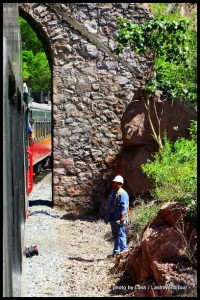
El Chepe passing through one of 87 tunnels
To appreciate the entire canyon, travelers could easily spend one to two weeks staying at various places, exploring and enjoying outdoor adventures like hiking, off-road cycling, horseback riding, and visiting waterfalls and indigenous villages.
El Chepe primarily follows the largest, deepest canyon, named Urique.
The journey starts at low elevations far outside the canyon area at either end, then climbs up onto the top of Urique Canyon rim at Divisidero lookout before gradually descending to the other end.
En route, it follows alongside gushing rivers; passes waterfalls, lakes, pine-clad mountains, rock outcroppings and cliffs; chugs through gently-rolling valleys and tiny towns; and provides ever-changing panoramic views.
The train glides around curves, plunges into dark stone tunnels, chugs across steel bridges fording rivers and gorges and climbs over 2000 M / 6600 ft.
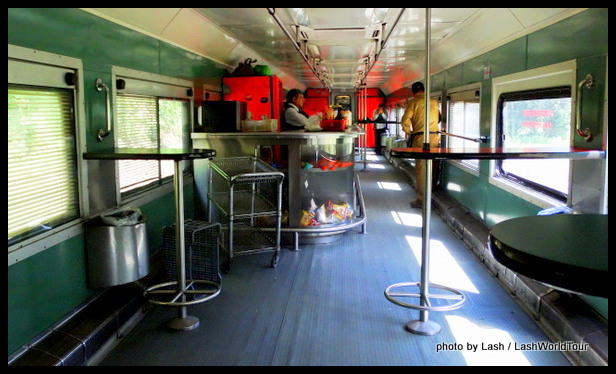
snack car on El Chepe Regional train
El Chepe History and it Historic Train Cars
The first leg of train tracks were laid in the late 1800s, opening in 1861. But the entire track system took a whopping 100 years to complete, due to the extremely rugged terrain and financing issues. The complete route finally opened in 1961, exactly 100 years later.
El Chepe runs on diesel, blowing out thick black clouds of smoke into the air as it chugs through the canyons.
The handsome train cars are painted a deep green with vibrant red and yellow accents. Porters dressed in fancy period uniforms stand outside the doors to take passenger tickets, help them board the train and then issue tickets onboard to those arriving without tickets.
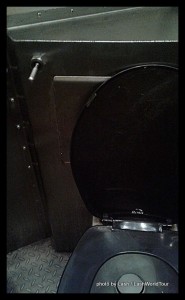
switch to flush toilets on El Chepe
The train car interiors have all sorts of interesting, antiquated gadgets and detailing. For instance, the window shutters have a round dial that you must turn to lift the shutters up or down. In the bathrooms, a metal switch flushes the toilet while making a hissing noise and letting off a whiff of warm steam.
The snack car on the more economical cars features bright red and green laminated walls, tall metal stools and slim metal ‘tables’ for passengers to enjoy their snacks. The snack bar attendant stands behind a bar dressed in period uniform.
The vestibule windows between train cars are left open during the journey, so passengers can stand, looking out the open windows to more fully appreciate views of the train, tracks and stuning scenery. It’s also the best place to take photos and/or videos of the journey.
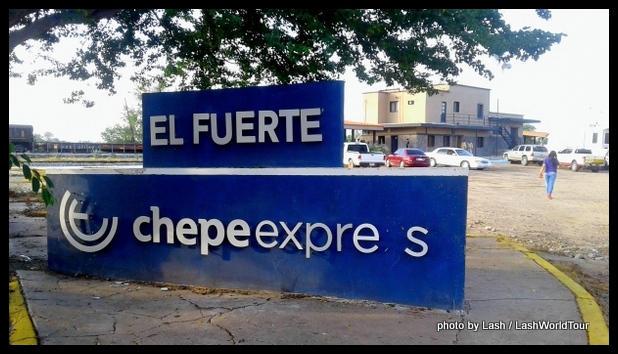
El Chepe train station at El Fuerte – Sinaloa – MExico
When and Where to Catch El Chepe
El Chepe runs daily all year long, so travelers can take the trip any time and in either direction. However, there are quieter seasons and much busier seasons and this can make a huge difference in how easily you can buy tickets and find hotel rooms available within the canyons.
During peak seasons, including December-January, Semana Santa weeks in April/May, and summer holidays of July – August, El Chepe is extremely busy. Many organized group tours make the journey, booking out train seats and hotel rooms.
For travel during those times, it’s recommended to book the trip several months in advance. During other times, visitors can usually show up at any train station and get a seat or else book a ticket just a few days to one week in advance.
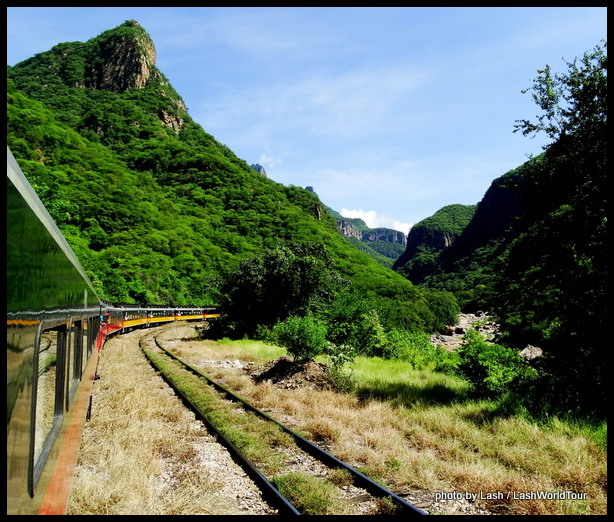
some dramatic scenery along El Chepe route
For passengers starting the journey in the west, the two main stations are at Los Mochis and El Fuerte.
The train’s western terminus is in Los Mochis city on the Sea of Cortez (Gulf of California), but it’s probably better to start or end the journey on the western end at El Fuerte, a beautiful small historic town located about one hour inland from Los Mochis.
Starting in El Fuerte will reduce the train time through uninspiring countryside by 2 1/2-3 hours, save a chunk of money on train fare, and allow you to explore intriguing El Fuerte. I wrote more about that in my article on El Fuerte here.
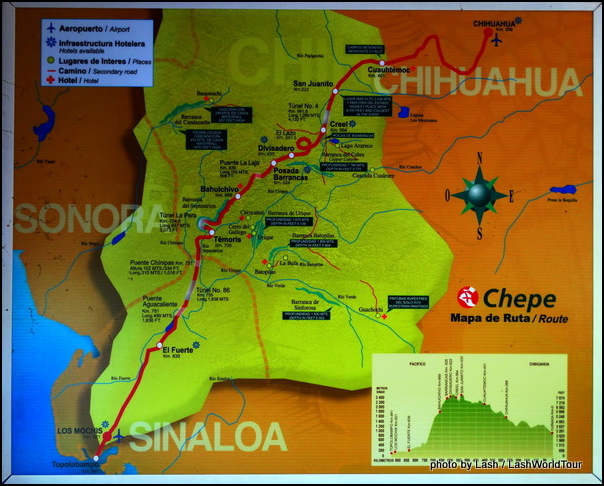
route of El Chepe
El Chepe Schedules – Train Classes – Costs
Up until the early 2000s, visiting Copper Canyon was fairly inexpensive. Most places within the canyons offered budget lodging and some camping options. Even El Chepe was fairly low in price, at least compared to now.
However, sometime after 2007, El Chepe and Copper Canyon became much bigger tourist attractions.
Prices for El Chepe Express – the slightly more luxury cars – have sky-rocketed. And prices for El Chepe Economy class have increased as well, though are still reasonable, considering it’s one of the world’s greatest train journeys. Prices for accommodations in all points within the canyons have soared as well.
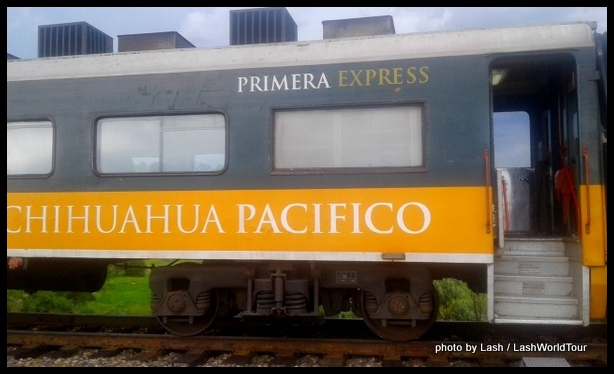
El Chepe Express car
In May, 2018, the train company made some huge changes to El Chepe train classes, schedules and prices. So be very careful when searching online for El Chepe train information. Anything written prior to 2018 is no longer valid.
The clearest, most detailed explanation of El Chepe’s current 2018 train tickets, classes of trains, train schedules, prices and how to book tickets I found at this wonderful website. Rather than repeat all the information here, when that site has already done such a great job, I direct you there for planning a trip.
You can also consult El Chepe train information. It lists train classes, schedules and fares, but is incomplete, has contradicting information and, thus, is rather confusing. The aforementioned website I found considerably more clear and accurate.
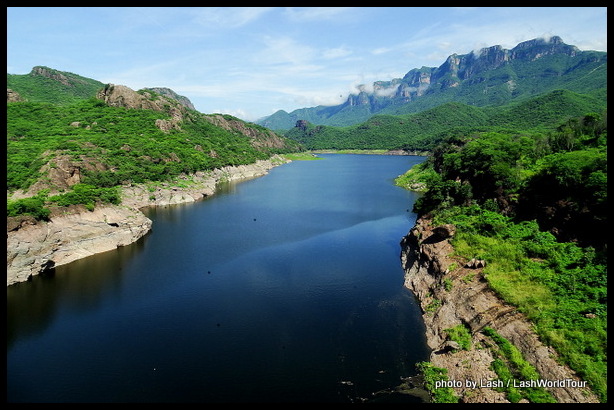
beautiful scenery in Copper Canyon from El Chepe
My El Chepe Journey
In August of this year I excitedly took El Chepe from El Fuerte to Creel, a small town along the train route, deep within the canyon system. I stayed five days in Creel exploring the canyons nearby.
I’m writing another post about my journey, so stay tuned for more details about my personal experiences and photos of the stunning canyons, the train and local Raramuri Indians who live in the area.
=================================================
In the meantime, you might also enjoy the following
=============================================









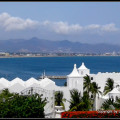


 Hi! I'm Lash, an American nomadic world traveler who's been traveling solo since 1998. I’m passionate about traveling the world nomadically and then sharing it all with you. I hope to inspire you to travel the world, to entertain you with tales from the road, and to help you reach your travel dreams. Welcome!
Hi! I'm Lash, an American nomadic world traveler who's been traveling solo since 1998. I’m passionate about traveling the world nomadically and then sharing it all with you. I hope to inspire you to travel the world, to entertain you with tales from the road, and to help you reach your travel dreams. Welcome! 



